Trade routes in Africa weren’t just paths for goods – they were the beating heart of culture, commerce, and connection across this vast continent. From the bustling markets of North Africa to the coastal gems of the East, these routes shaped how people lived, traded, and shared stories for thousands of years.
Ready to step back in time while enjoying some of Africa’s most breathtaking spots? Let’s explore these amazing places, which still whisper of ancient traders and travelers.
Timbuktu Stop, Mali
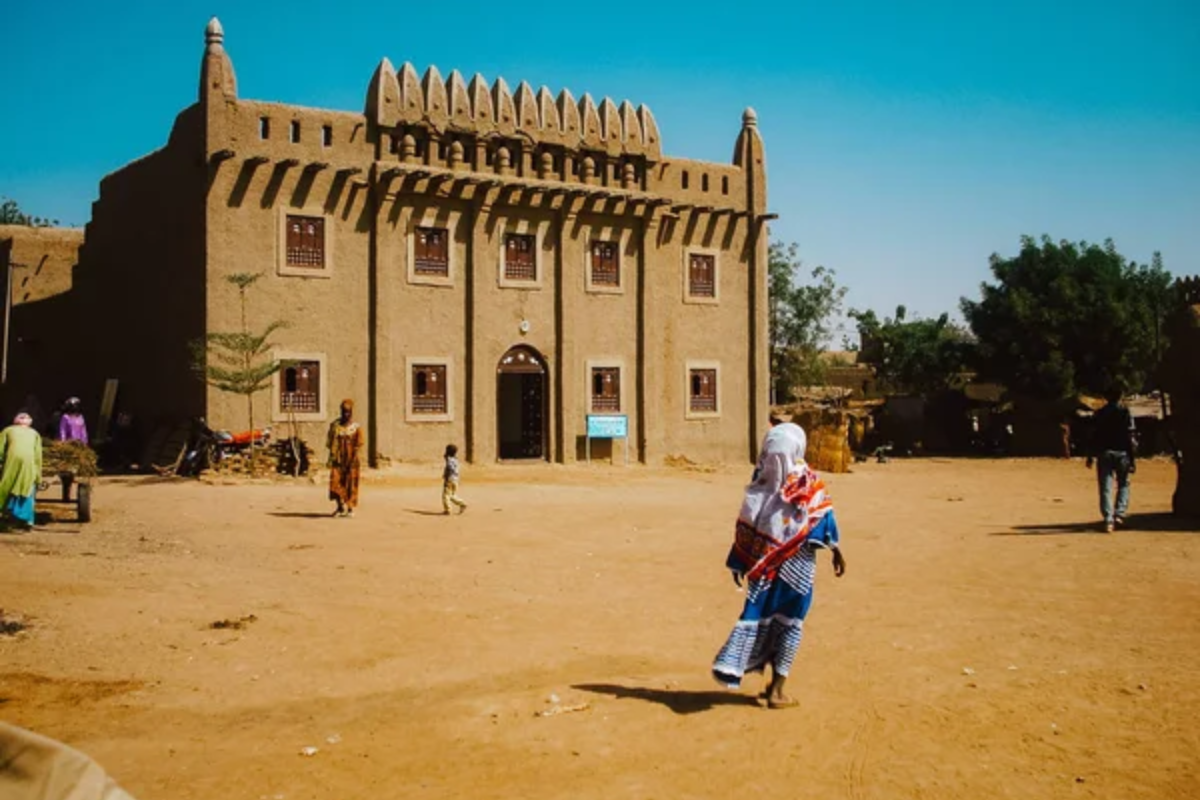
This legendary city was once a gold-trading paradise and a center for learning that drew scholars from across the world. The Great Mosque of Djinguereber, built in 1327, still stands as a perfect example of the city’s old grandeur and style.
Local guides share stories of camel caravans loaded with salt, gold, and books arriving here after crossing the Sahara Desert. Markets around the mosque still buzz with activity, though nowadays, you’re more likely to find handmade crafts and traditional medicines than gold and ancient books.
Sijilmasa Stop, Morocco
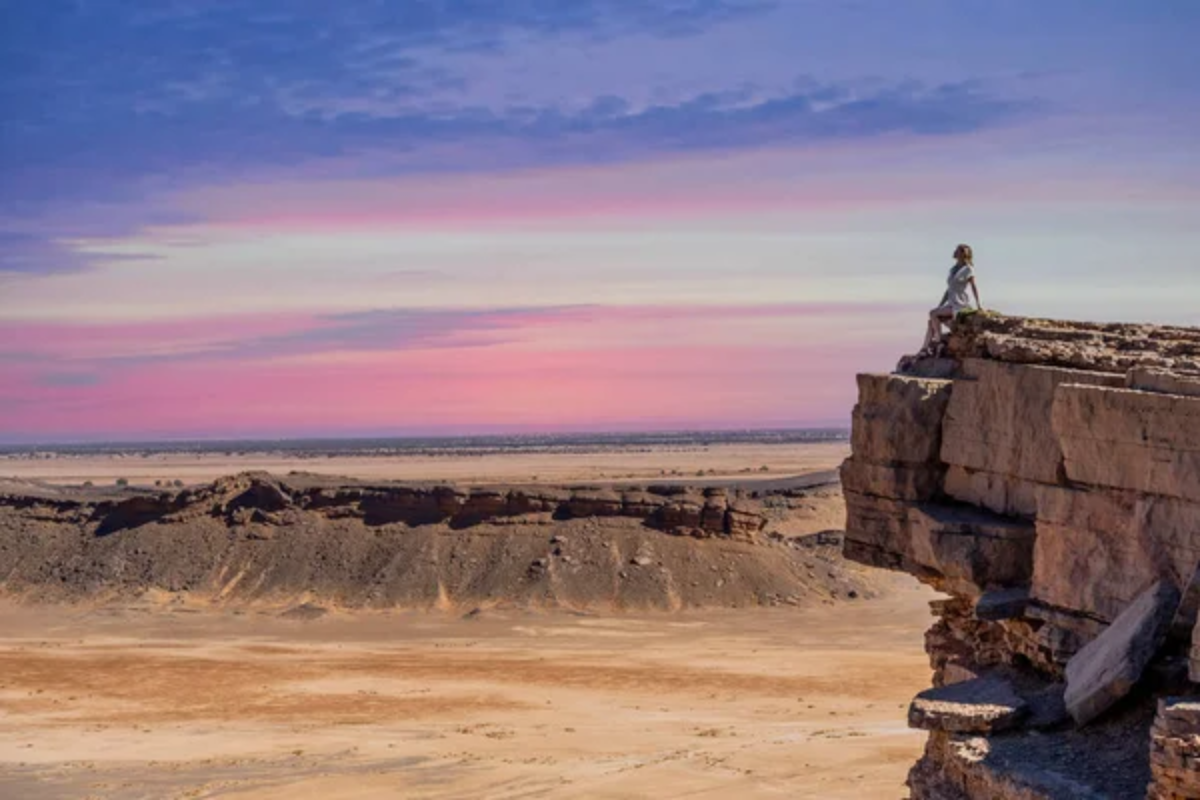
Standing at the edge of the Sahara, this ancient town was once the gateway between North and West Africa. Traders would rest here for weeks, preparing for their long journey across the desert or celebrating their safe return.
Local families still tell tales of how their ancestors would host traders in their homes, sharing meals and stories under the stars. Modern-day visitors can walk through the ruins while watching the sun paint the desert sand in shades of gold and red.
Like Travel Pug’s content? Follow us on MSN.
Great Zimbabwe Stop, Zimbabwe

These massive stone walls tell the story of one of Africa’s most powerful trading kingdoms. Traders from as far as China would come here to exchange goods, leaving behind pieces of their culture that archaeologists still find today.
Local guides point out the incredible architectural features that show how skilled the builders were, working without mortar to create structures that have stood for centuries. The nearby museum displays beautiful artifacts that show the wealth this stop brought to the kingdom.
Lamu Old Town Stop, Kenya
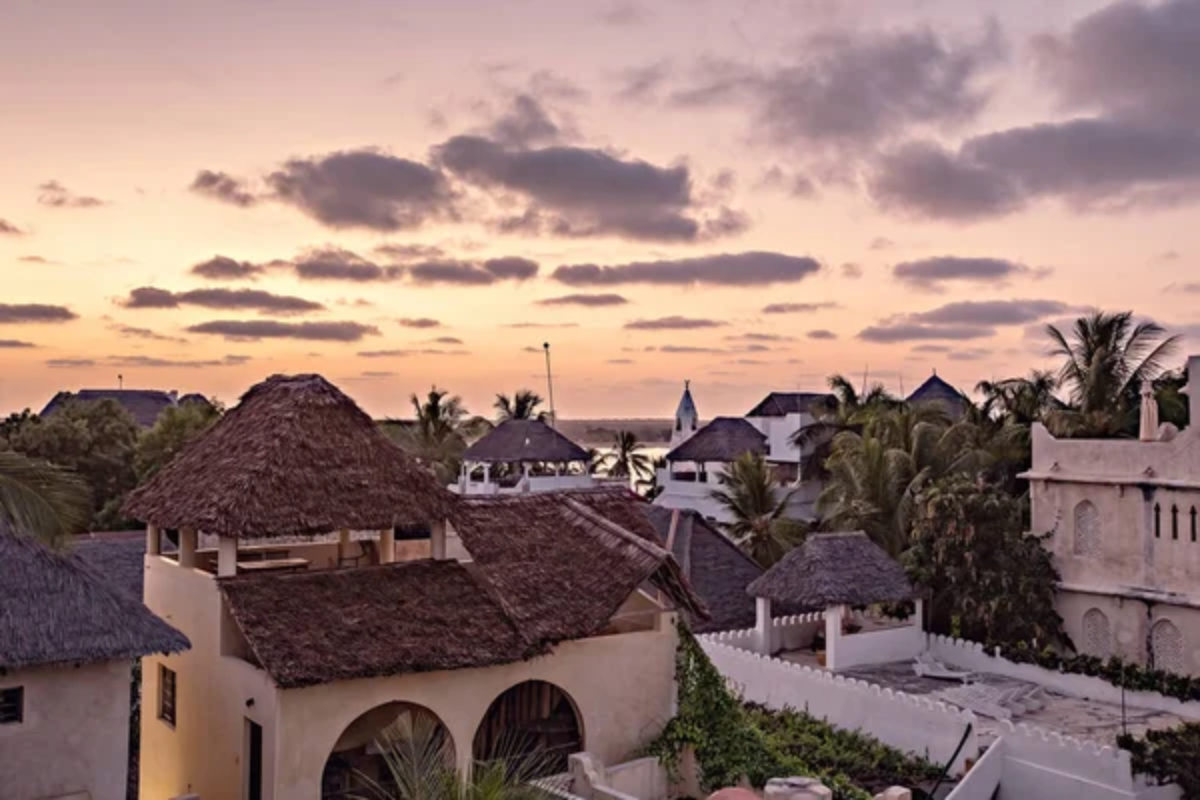
This coastal gem shows off its trading past through its mix of African, Arab, and European architecture. Narrow streets wind between old coral stone buildings, leading to a port that once welcomed ships from across the Indian Ocean.
Traditional dhow boats still bob in the harbor, though now they carry tourists rather than trade goods. The smell of Swahili cooking floats through the air, reminding visitors that this is still a living, breathing town rather than just a historic site.
Gondar Stop, Ethiopia
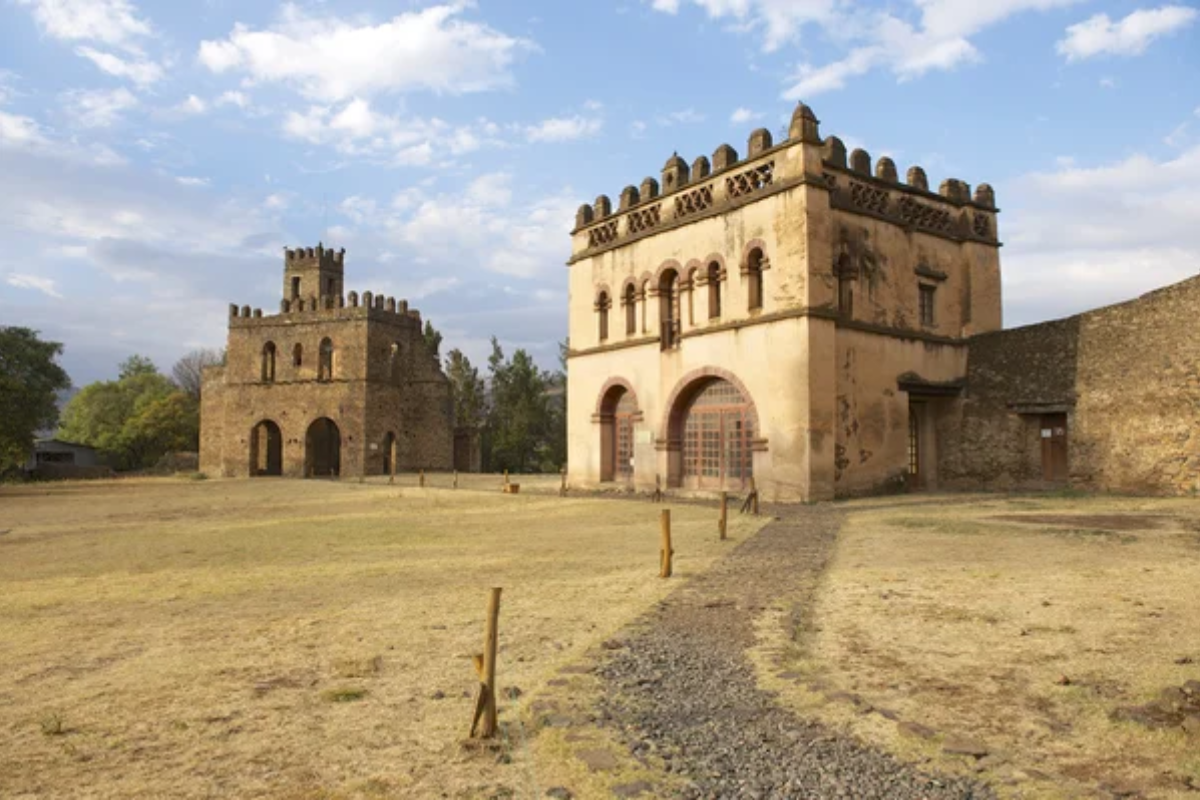
Often called the ‘Camelot of Africa,’ this city showcases its royal trading past through magnificent castles and churches. The famous Fasil Ghebbi fortress complex proves how wealthy the city became through trade with the Middle East and India.
Local coffee ceremonies keep alive the traditions that made Ethiopian coffee famous along ancient trade routes. Visitors can watch royal history come alive during the annual Timkat festival, which is celebrated in the same spots where ancient traders once gathered.
Like Travel Pug’s content? Follow us on MSN.
Axum Stop, Ethiopia
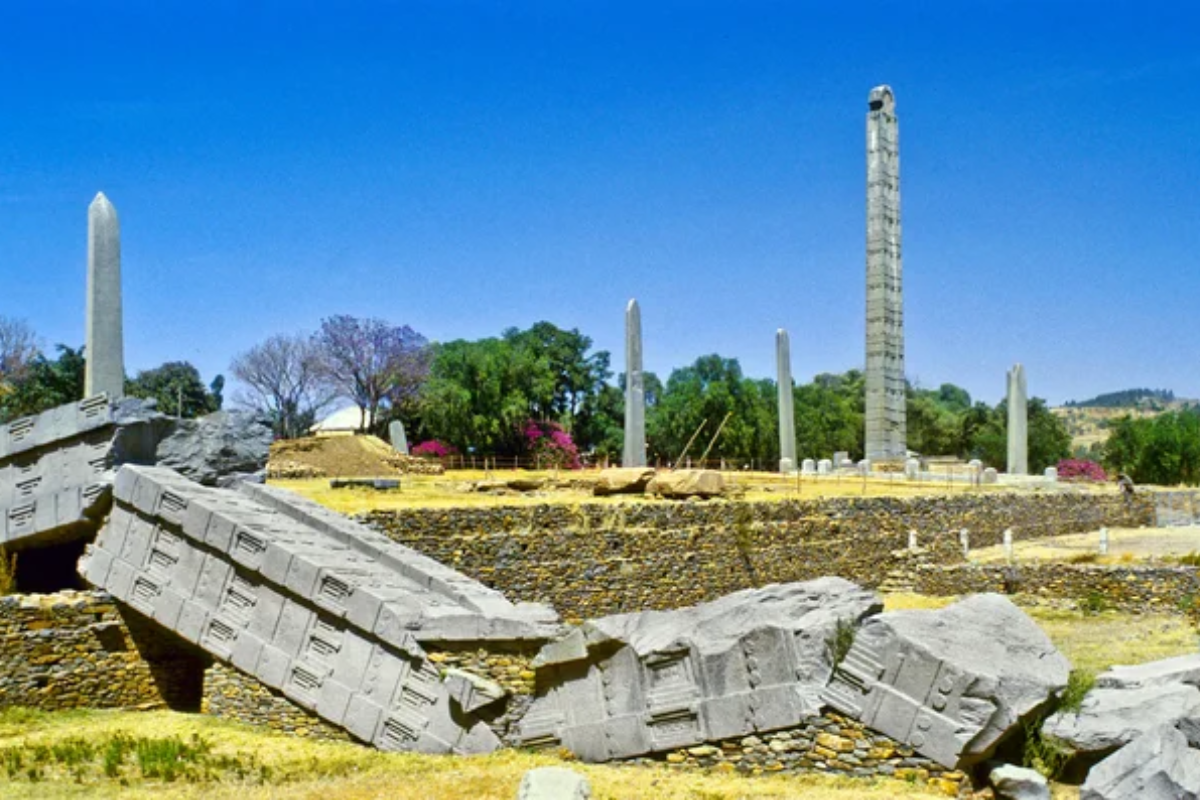
Home to the legendary Queen of Sheba, this ancient capital city showcases massive stone obelisks that caught traders’ eyes from miles away. The city’s underground tombs hint at the wealth that flowed through here when it was a major stop between Africa and Asia.
Local guides proudly show off the Church of Our Lady Mary of Zion, which some believe houses the Ark of the Covenant. Ancient coins found here tell stories of trade connections with places as far as ancient Rome and India.
Zanzibar Stone Town Stop, Tanzania
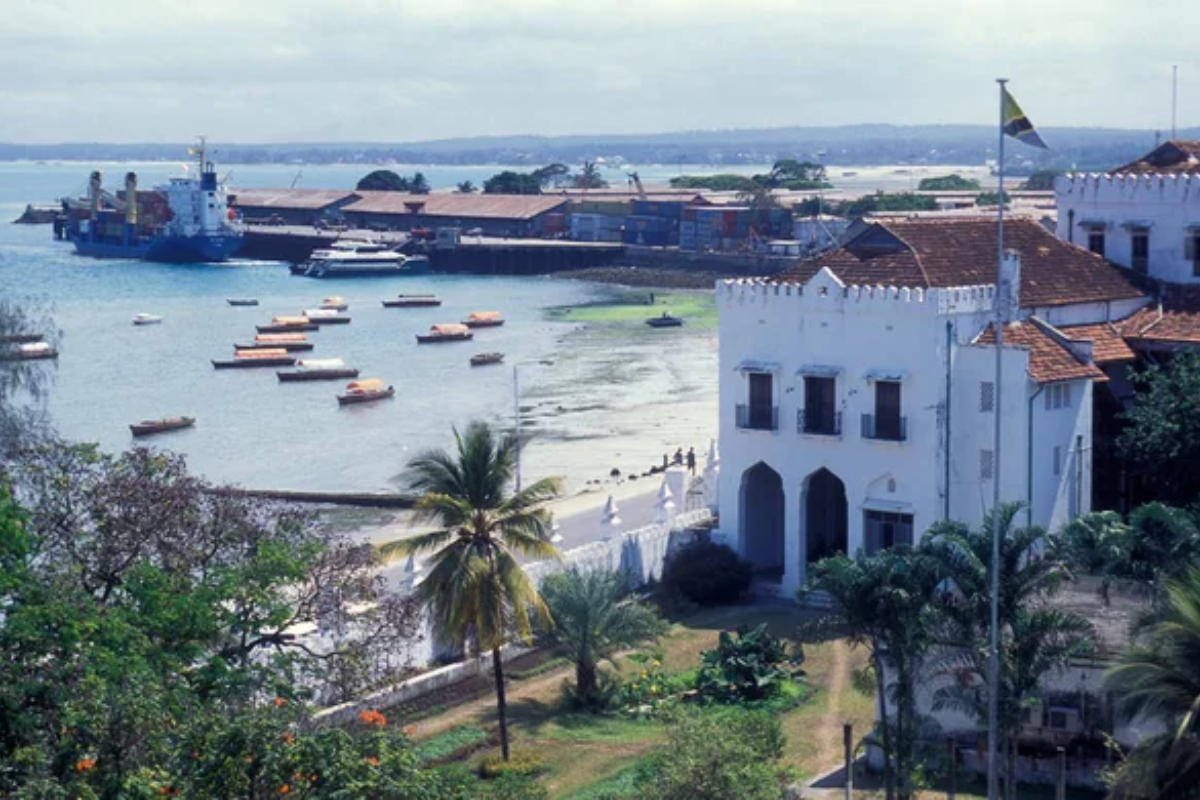
The winding alleys of Stone Town hold centuries of trading stories within their coral walls. Carved wooden doors show off the wealth that spice trading brought to this island paradise.
The old spice market still fills the air with the same scents that drew traders worldwide. Evening food markets at Forodhani Gardens carry on the tradition of feeding hungry traders, though now they serve locals and tourists alike.
Kano Stop, Nigeria
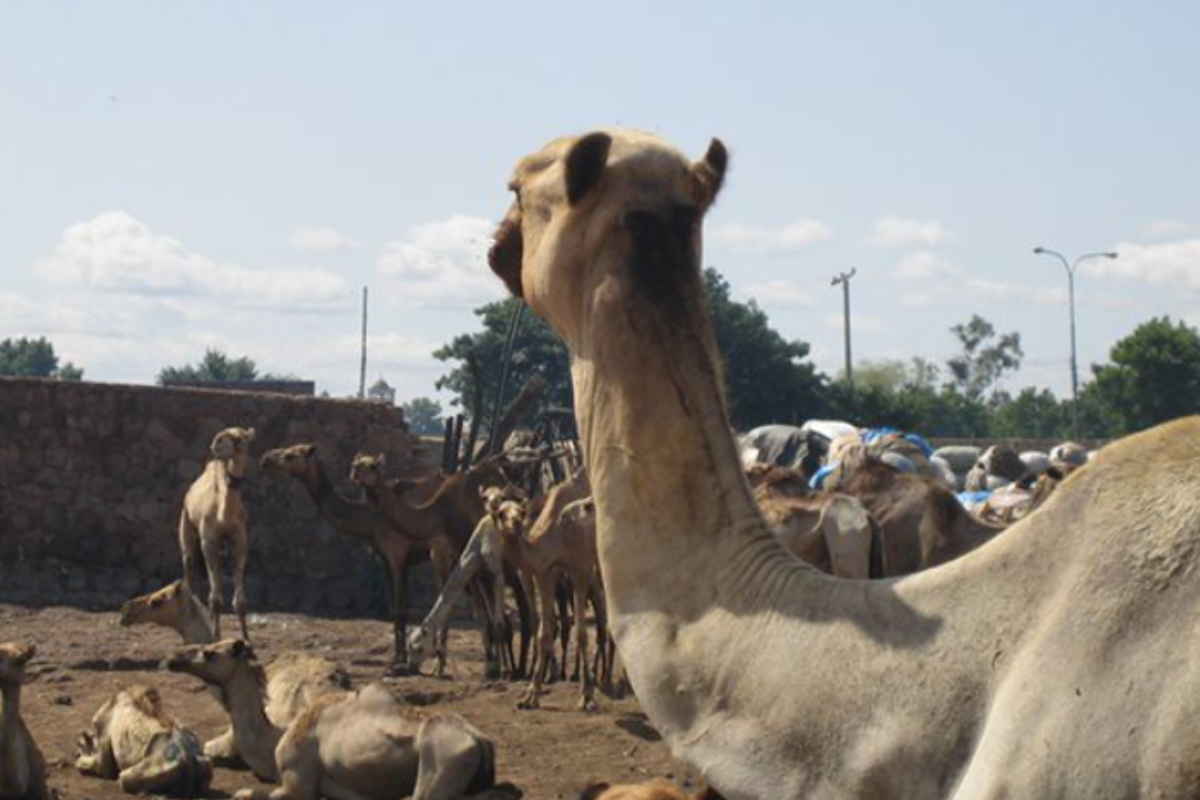
The oldest city in West Africa still shows off its trading glory through its ancient wall and bustling markets. The Kurmi Market has been operating since the 1500s, selling everything from local crafts to goods from across Africa.
The city’s famous dye pits still produce indigo-colored cloth using methods passed down through generations. The Emir’s Palace reminds us how trade made this city powerful enough to influence regional politics.
Like Travel Pug’s content? Follow us on MSN.
Mombasa Old Town Stop, Kenya
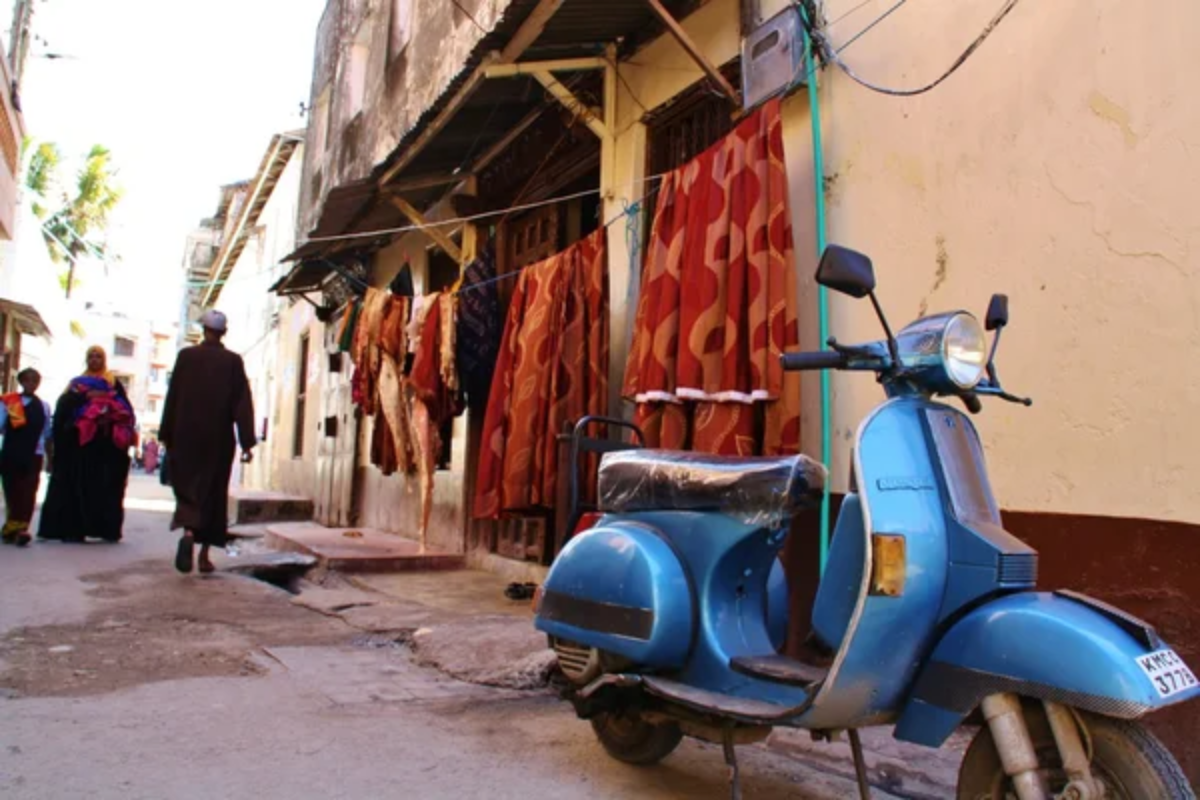
Fort Jesus stands guard over a harbor that welcomed trading ships from Portugal, Arabia, and India. The narrow streets of the old town mix African, Arab, and Portuguese styles, telling stories of centuries of trade and cultural exchange.
Spice sellers still shop in the same spots where their ancestors traded with sailors from distant lands. The city’s famous tusks arch reminds visitors of when ivory and spices made this one of East Africa’s busiest ports.
Cairo Khan el-Khalili Stop, Egypt
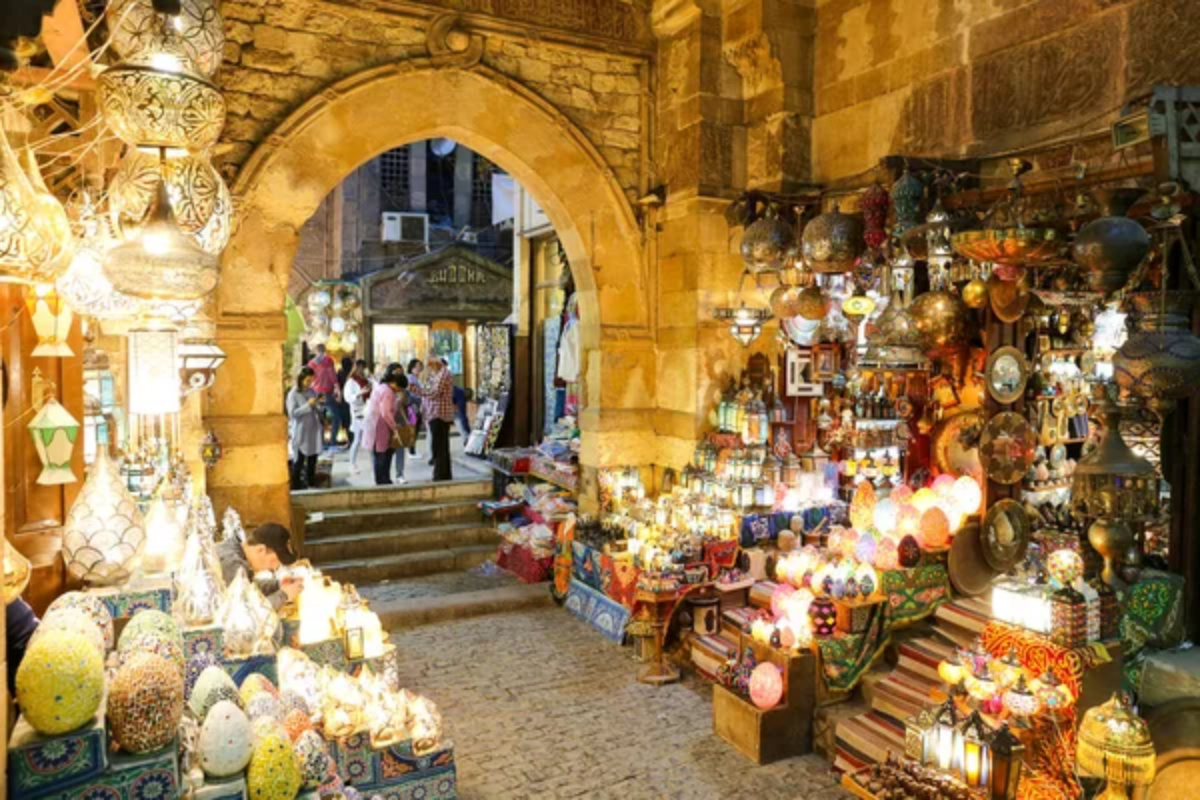
This famous market has been the heart of Cairo’s trading world since the 1300s. Tiny shops still sell everything from spices to gold, much as they did when traders arrived by camel caravan.
The nearby Al-Azhar Mosque has watched over traders and travelers for over a thousand years. Coffee shops in quiet corners serve strong Arabic coffee, just as they did when this was a major stop on the spice route.
Gao Stop, Mali
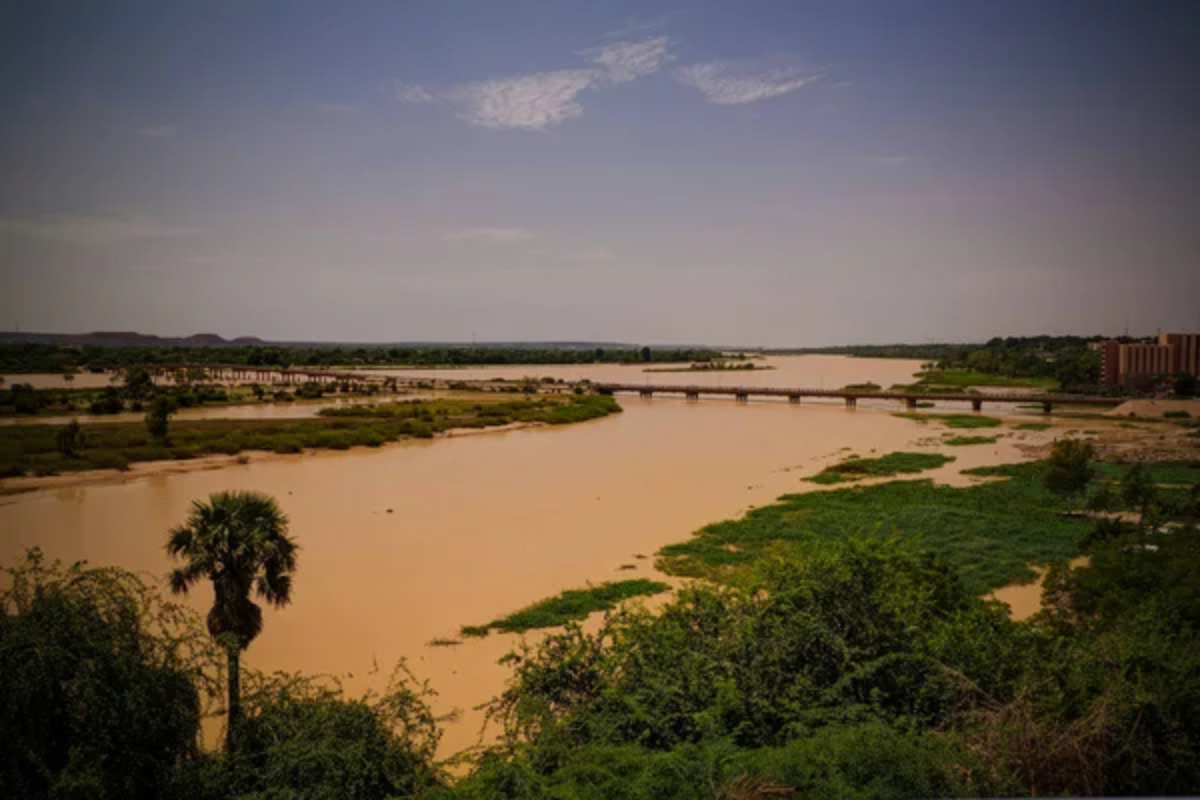
This ancient city on the Niger River was once the capital of the Songhai Empire and a major gold trading center. The Tomb of Askia stands tall, reminding visitors of when Gao’s rulers controlled trade across the western Sahara.
Local boatmen still use traditional wooden boats to cross the Niger River, following routes their ancestors used for trade. Markets along the riverbank keep alive the tradition of trading goods from across West Africa.
Like Travel Pug’s content? Follow us on MSN.
Lalibela Stop, Ethiopia
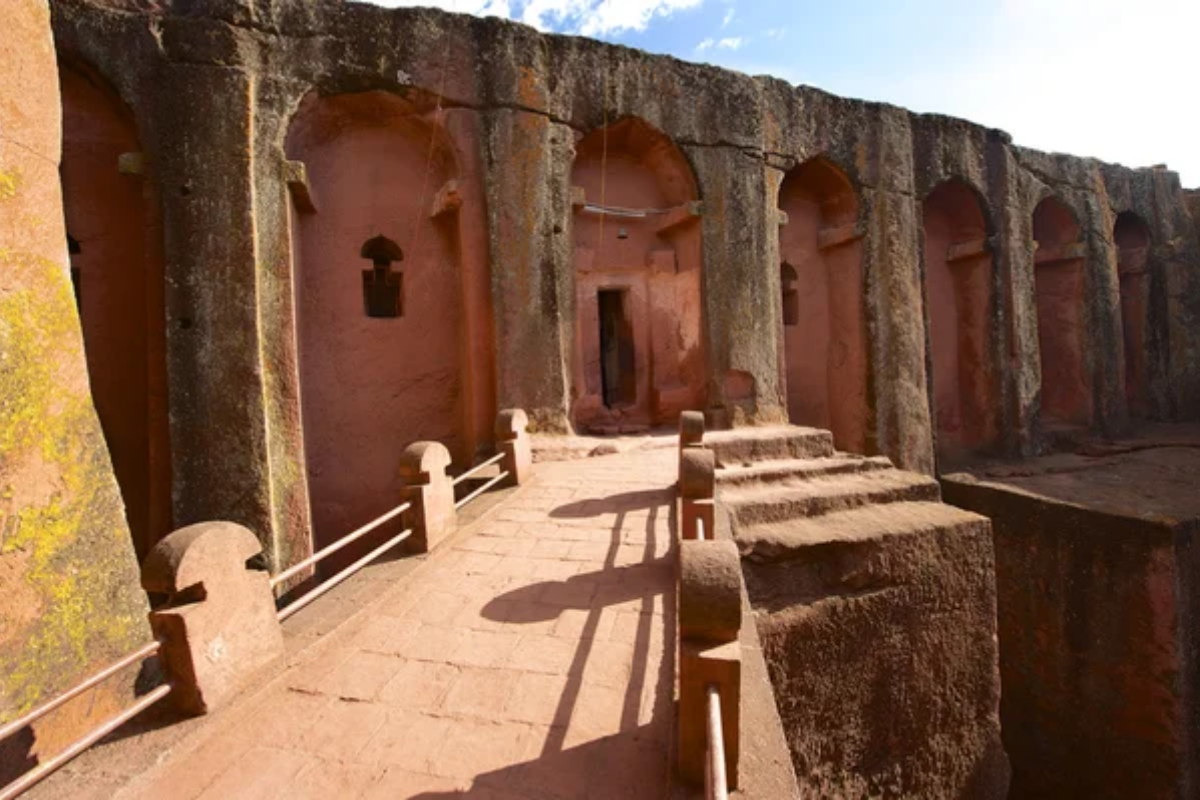
Famous for its rock-hewn churches, this holy city was a rest stop for traders crossing Ethiopia’s highlands. The churches were carved into solid rock, creating a sight that amazed traders and still amazes visitors today.
Local priests carry on traditions that began when this was a religious center and a trading stop. The surrounding mountains provided natural protection for traders carrying valuable goods across ancient routes.
Dakar Stop, Senegal
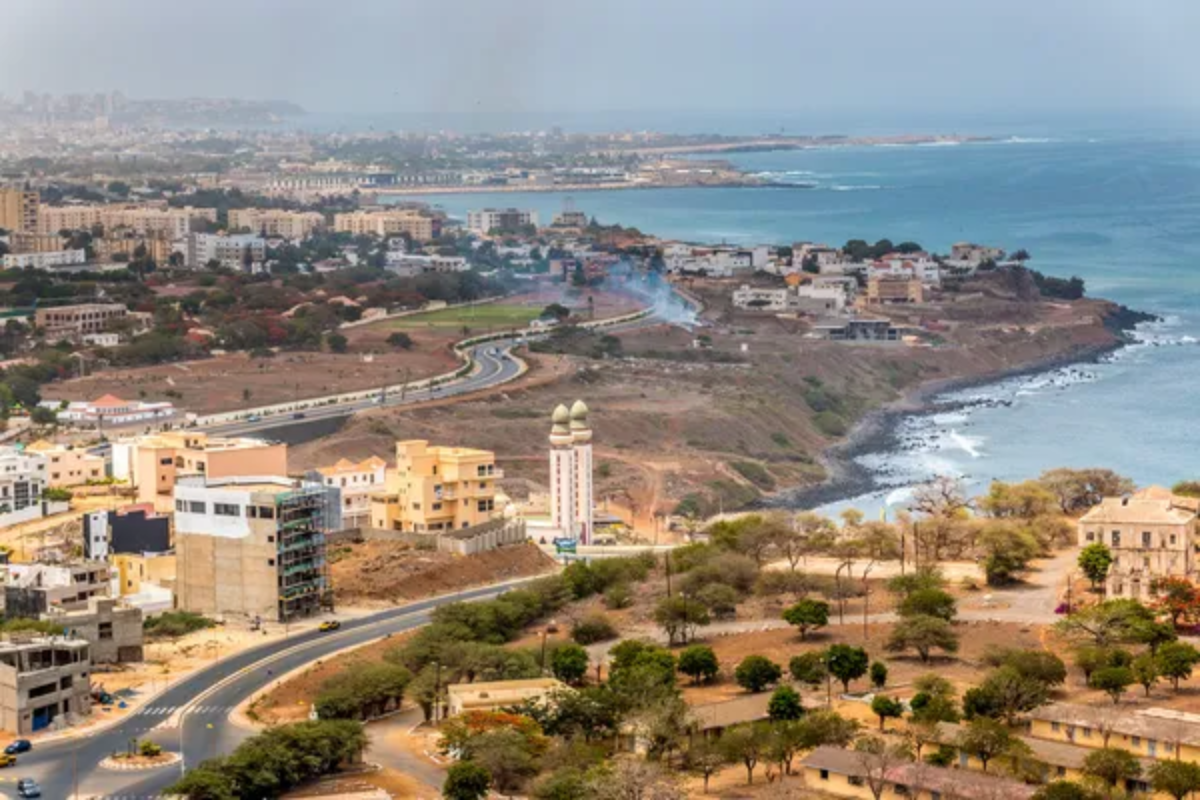
The westernmost point of Africa’s mainland still serves as a major trading hub, just as it did centuries ago. The city’s famous markets mix traditional African goods with modern trades, showing how old trading traditions stay alive.
Goree Island, just offshore, tells stories of a darker side of trade through its House of Slaves museum. The modern port bustles with activity, carrying on the trading tradition that made this city important.
Marrakech Stop, Morocco
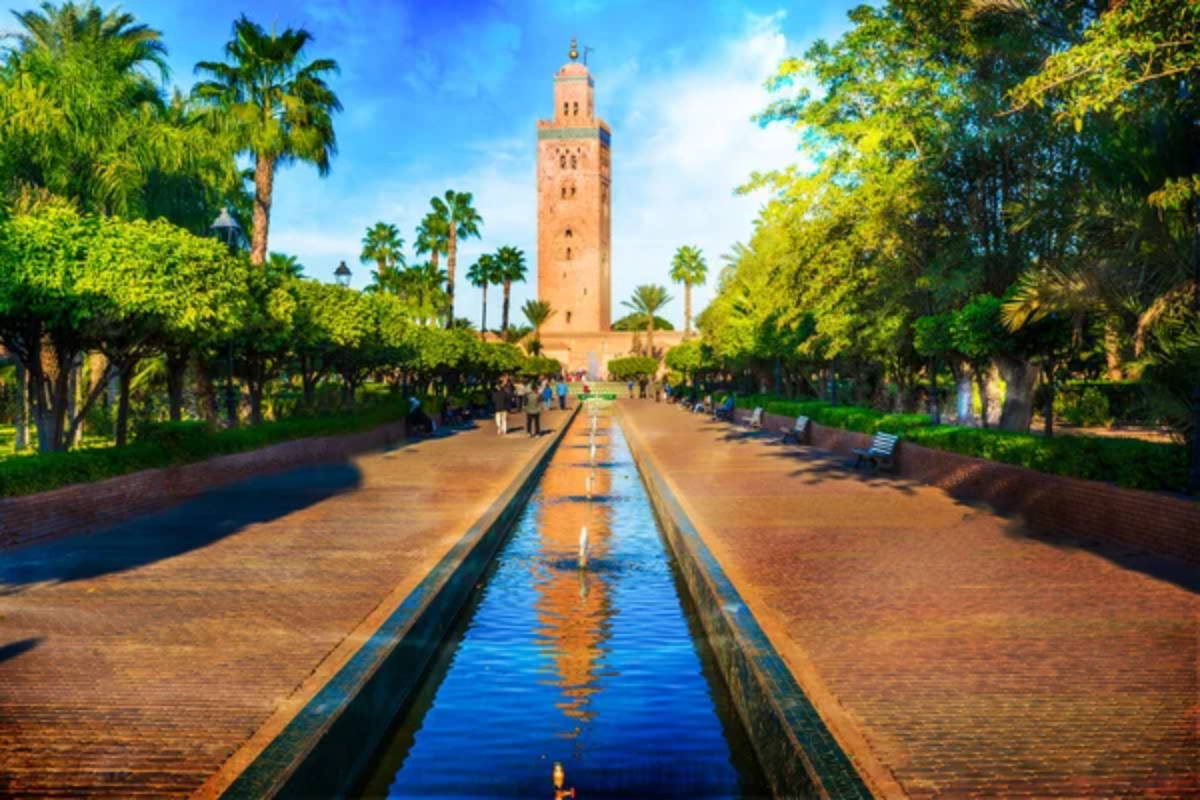
The Djemaa el-Fna square comes alive each night just as it did when traders gathered here centuries ago. The souk still follows ancient layouts, with different spices, leather, and metalwork sections.
The Koutoubia Mosque’s minaret helped guide traders to the city, just as it helps visitors navigate today. The square’s storytellers keep alive tales of ancient trade routes and the travelers who used them.
Like Travel Pug’s content? Follow us on MSN.
Kumasi Stop, Ghana
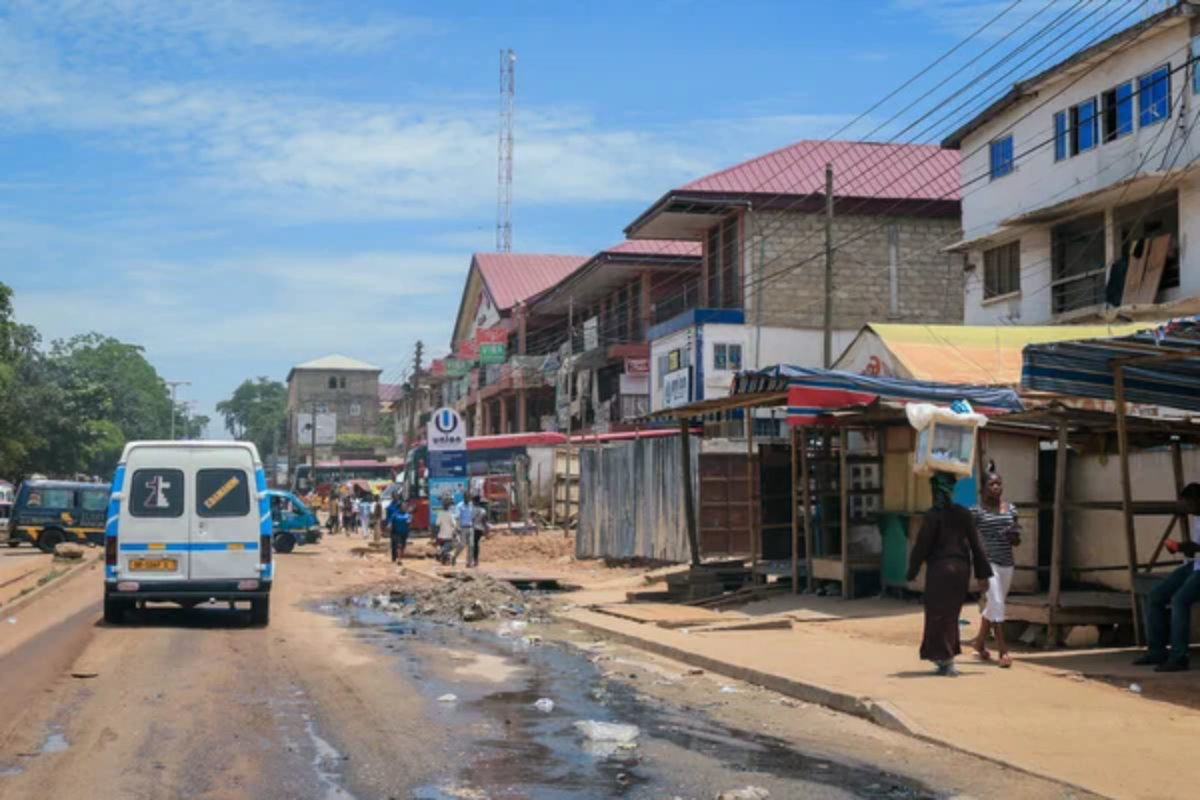
The capital of the Ashanti Kingdom still shows its trading power through its famous Kejetia Market, the largest in West Africa. The Manhyia Palace Museum displays golden treasures that show how trade made the Ashanti people powerful.
Local artisans still work with gold using techniques passed down since the kingdom’s trading heyday. The city’s cultural center keeps alive traditions that began when this was a major stop for traders crossing West Africa.
Djenne Stop, Mali
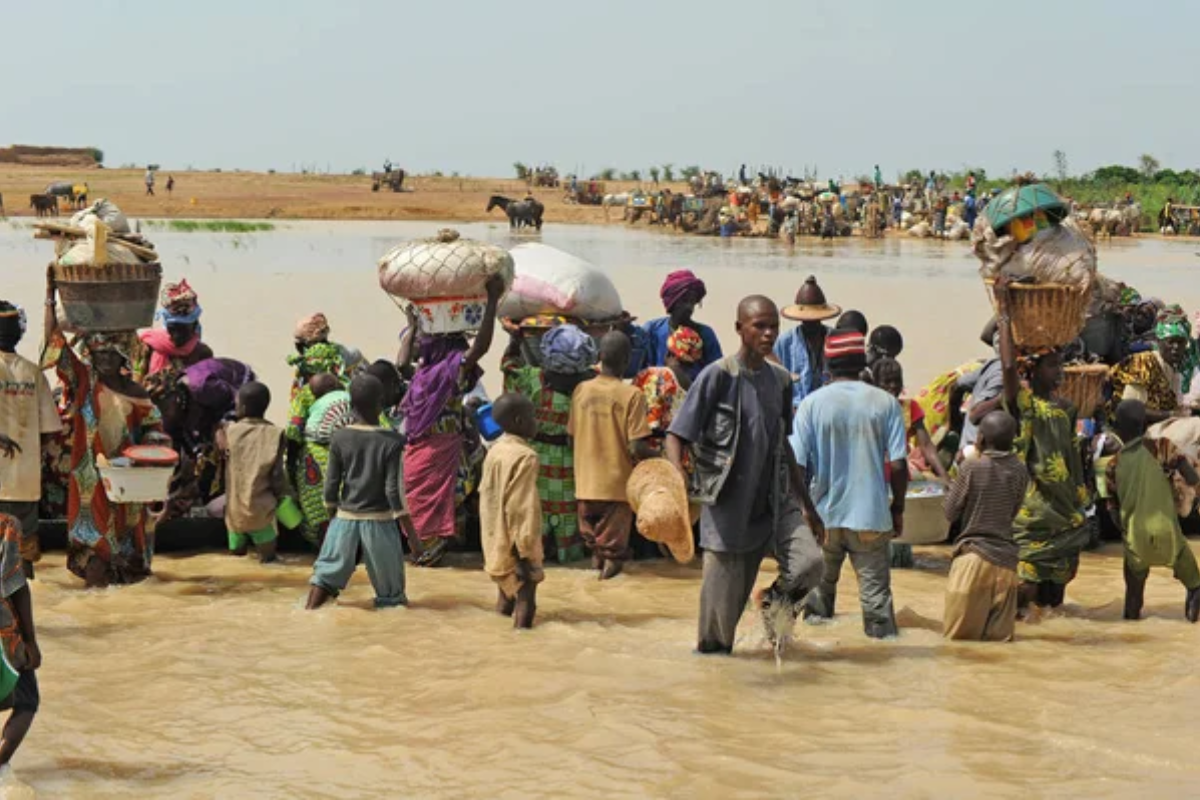
The Great Mosque, the world’s largest mud building, symbolizes the importance of this ancient trading city. Monday markets still bring together traders from across the region, just as they have for hundreds of years.
The city’s traditional mud architecture shows how locals adapted to life on the edge of the Sahara while building a trading empire. Ancient manuscripts found here tell stories of traders who passed through across Africa.
Stone Town Bagamoyo Stop, Tanzania
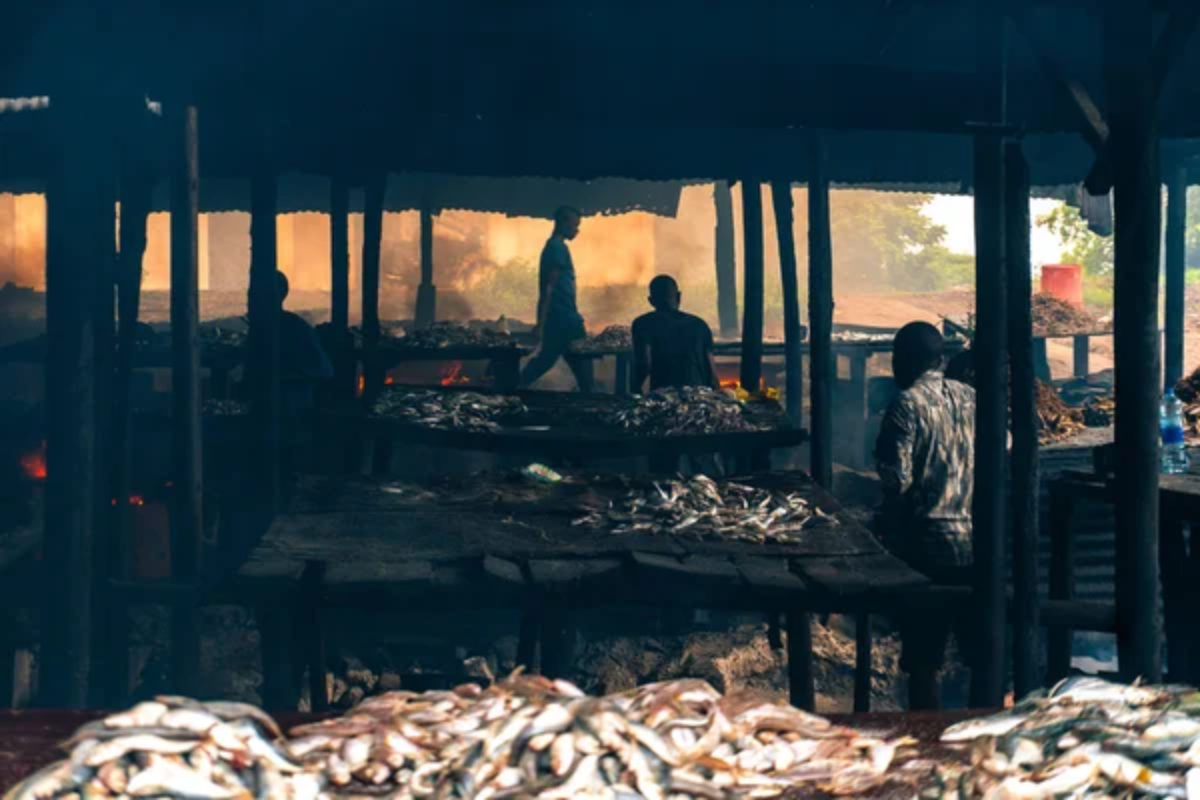
Once the most important trading port in East Africa, this quiet town holds centuries of trading history. The old German colonial buildings tell stories of European traders who came here looking for ivory and spices.
Local fishermen still build traditional dhows using methods passed down from ancient boatmakers. The town’s old slave market reminds visitors of the dark side of the Indian Ocean trade.
Like Travel Pug’s content? Follow us on MSN.
Aswan Stop, Egypt
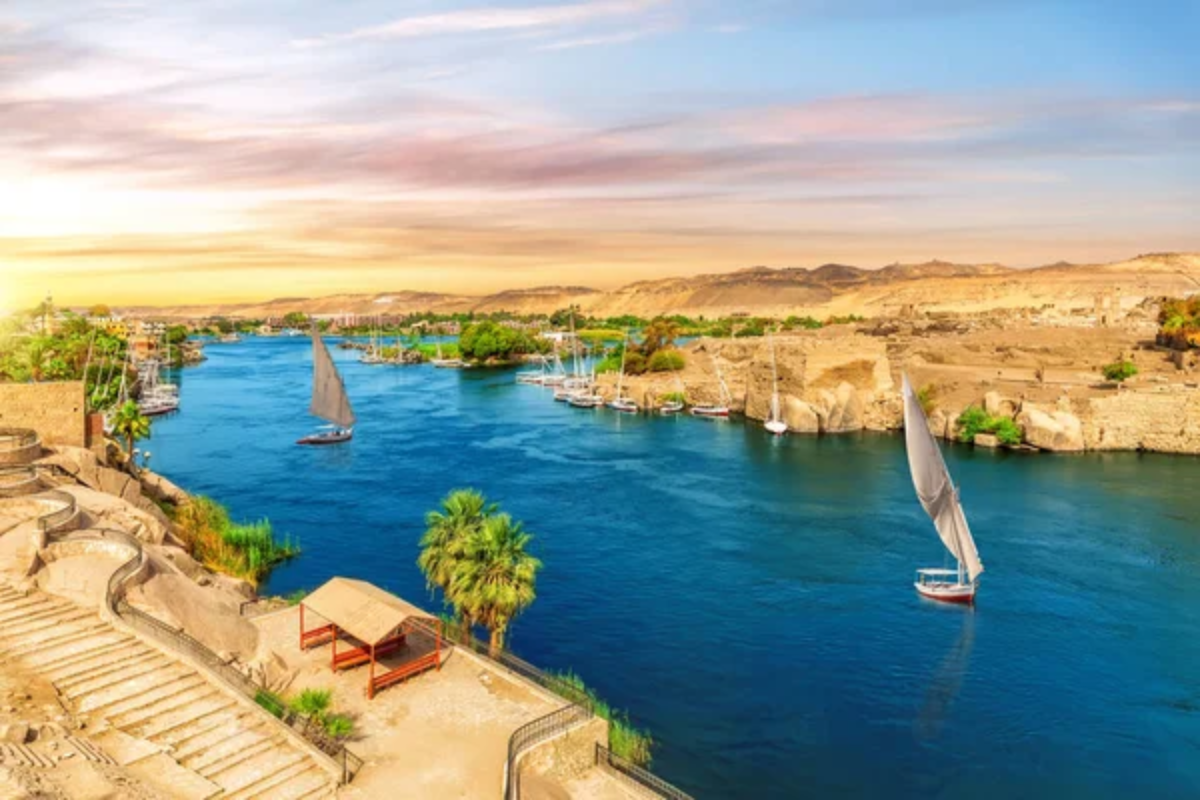
This city marked the traditional boundary between Egypt and Nubia, making it a natural trading spot. The famous old souk still sells spices and perfumes, making this stop important on ancient trade routes.
The Nubian Museum shows how trade brought together African and Arab cultures in this desert oasis. Felucca boats still sail the Nile here, following the same waters ancient traders used to move their goods.
Fez Stop, Morocco
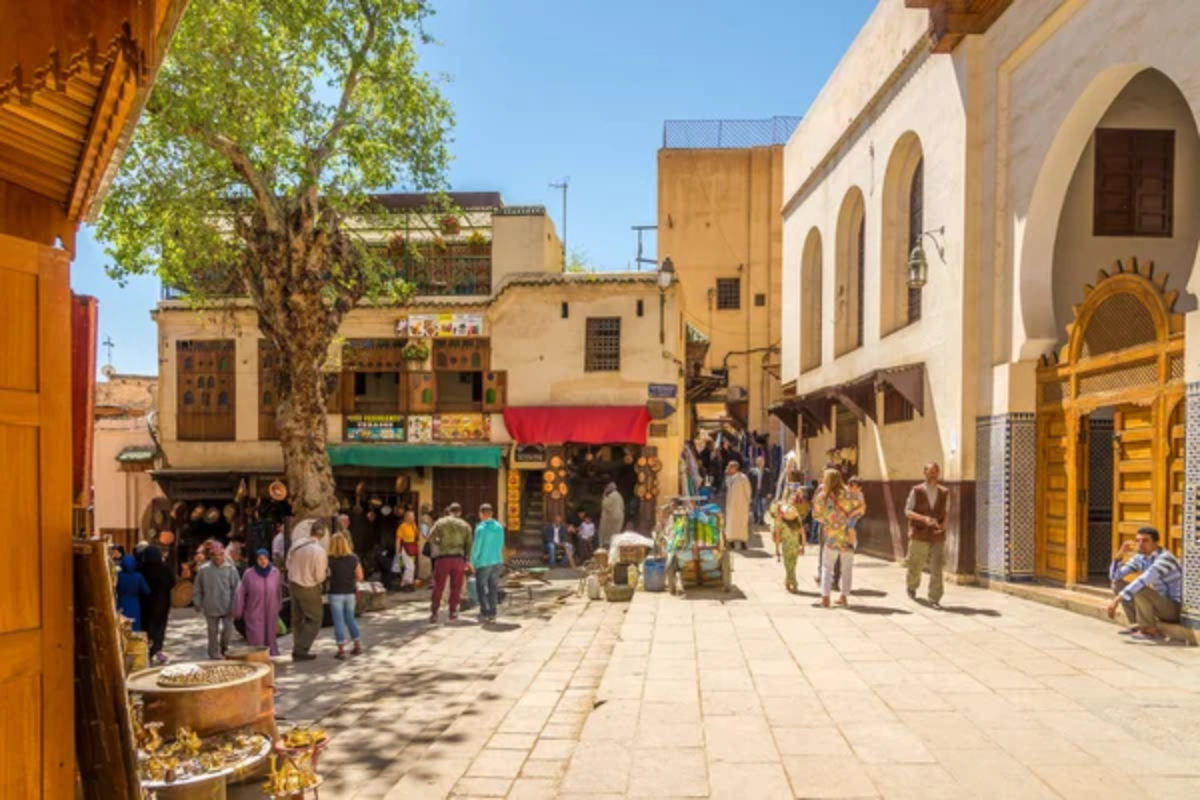
The world’s largest car-free urban area keeps alive the feeling of ancient trading times in its winding alleys. The famous leather tanneries still use methods that haven’t changed since medieval traders visited this city.
The Al-Qarawiyyin Library and Mosque remind visitors that this was once a major center of learning and trade. Local artisans still work copper and brass like their ancestors did when trading with caravans across the Sahara.
Mapungubwe Stop, South Africa
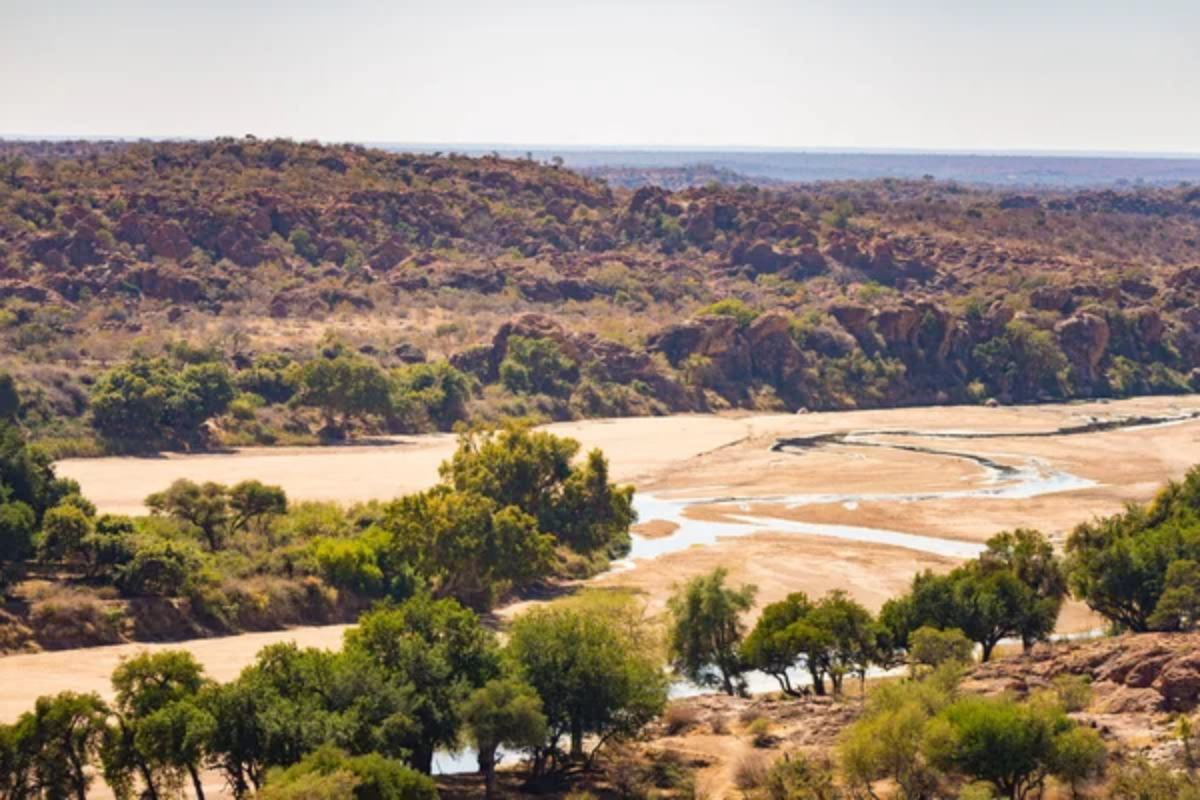
This hilltop kingdom was once the heart of gold and ivory trade between southern Africa and the Indian Ocean. Ancient glass beads found here prove trade connections reached as far as China and India during its peak.
The stunning valley views from the ancient court show why rulers chose this spot to watch over trading routes. Local guides share stories of how this UNESCO World Heritage site was once home to Africa’s first golden rhino, symbolizing the kingdom’s trading wealth.
Like Travel Pug’s content? Follow us on MSN.
Paper Trails to Digital Tales
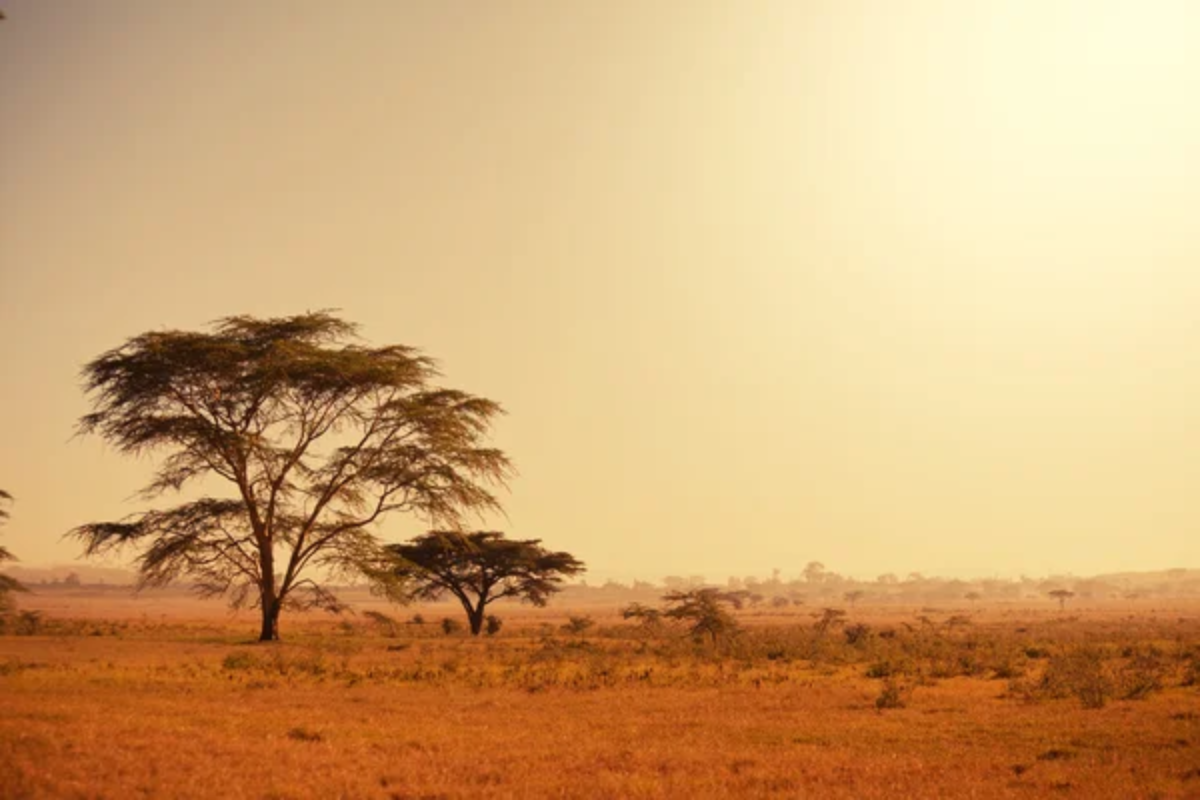
These historic trade routes did more than move goods across Africa – they moved ideas, cultures, and dreams. The stops along these ancient paths still pulse with life, mixing old traditions with new ways of connecting people.
As modern Africa writes its new chapters, these trading stops remind us how people have always found ways to share, connect, and grow together. A visit to any of these places shows that while trading methods may change, the spirit of connection that made these routes important lives on.
More from Travel Pug

- 15 Dangerous European Cities to Avoid
- 15 Caribbean Islands Where Tourists Keep Getting Scammed
- The 20 Most Fascinating Abandoned Places: A Journey Through Time and Forgotten Spaces
- 15 Hidden Places in the Smithsonian Museums Locals Love: A Guide to Lesser-Known Treasures
- 16 Hidden Florida Beach Towns That Aren’t Overrun with Tourists
Like Travel Pug’s content? Follow us on MSN.
